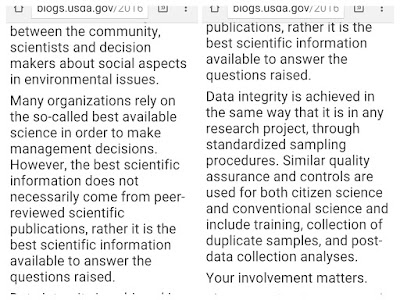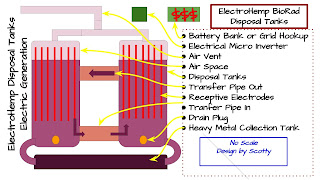Honored to be featured this week in @people magazine! @KarenNickelSTL and I are proud of what we have built and our fight, even though it has cost us and our family/kids/husbands so much! https://t.co/nNWjgDa6KX
— Dawn Chapman (@DawnChapmanSTL) August 15, 2024
The first warning sign was the stench that seemed to fill the air of Dawn Chapman’s suburban St. Louis neighborhood in 2012.
“You could smell burning, but there was something different about it, like jet fuel,” she says in this week's issue of PEOPLE. Her three children started to wake in the night with irritated eyes or bloody noses caused, she believes, by the caustic fumes.
By January 2013 Chapman, then a full-time mom, had discovered the source of the overpowering odor: a fire in an underground quarry at the Bridgeton Landfill about two miles from her home.
State Historical Society of Missouri, Kay Drey Mallinsckodt Collection
The blaze raised fresh alarm about a decades-old issue — how much atomic waste had been stored in the region post-World War II, with some radioactive material mixing with a local creek and, separately, 43,000-plus tons of it piling up at West Lake Landfill, which is next to Bridgeton Landfill.
Article continues:
Linda Davidson/The Washington Post via Getty
For more on Dawn Chapman and Karen Nickel's fight to clean up nuclear waste in their St. Louis suburb, pick up this week's issue of PEOPLE, on newsstands Friday, or subscribe.
Their suburban dream was tainted by toxic remnants of the country’s wartime past. After the bombing of Pearl Harbor in 1941, the U.S. chose St. Louis as one of the places to process the uranium used in the nation’s atomic weapons program the Manhattan Project.
In the decades that followed, the resulting radioactive waste was dumped close to the city airport, and contaminants washed into nearby Coldwater. In the ’70s the waste was moved to the West Lake Landfill, amid single-family homes in Bridgeton. In 1990 the landfill was designated a Superfund site — one of the nation’s most contaminated areas.
Many residents were none the wiser. Nickel grew up in the ’60s and ’70s playing softball in the parks beside Coldwater, where years later scientists would discover Manhattan Project-era radioactive material in the soil.
:max_bytes(150000):strip_icc():focal(749x0:751x2):format(webp)/radiation-exposure-compensation-fund-vote-081424-1-6bfd59c15e824114bf15e6b3bd21d678.jpg) |
| Nickel and Chapman (center, in Washington, D.C., in May) lobbying for support for what they say are victims of radioactive exposure. Just Moms STL |
“Fifteen people on my street passed from rare cancer in their 40s and 50s,” she says.
Three of her four adult children, whom she raised with husband Todd in a house less than two miles from the landfill, live with neurodevelopmental challenges, she says. And Nickel has lupus, an autoimmune disease she blames on exposure to radioactivity.
Chapman and her husband, Brian, moved to the Bridgeton area in 2000, unaware of the history. In 2002 her husband learned he had Crohn’s disease.



:max_bytes(150000):strip_icc():focal(749x0:751x2):format(webp)/steel-drums-081424-1-6847a0f8c30f44f8b9019f3b1a19daba.jpg)
:max_bytes(150000):strip_icc():focal(754x295:756x297):format(webp)/karen-nickel-dawn-chapman-081424-2-ab56e70d4f944a60986246c3d91198ed.jpg)























